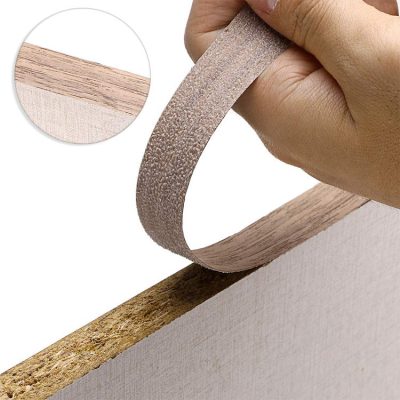Melamine, when exposed to water or moisture, can experience several adverse effects, as it is not naturally moisture-resistant. Here’s what happens to melamine when it gets wet:
- Swelling: Melamine is a porous material, and when it absorbs moisture, it can swell. This swelling can lead to changes in the dimensions of the melamine surface, causing warping or distortion.
- Softening: Melamine can become soft and lose its structural integrity when exposed to prolonged moisture. This softening can make the material more susceptible to physical damage.
- Delamination: Melamine is often applied as a laminate onto a substrate like particleboard or MDF. When moisture penetrates the edges or surface of the melamine, it can cause the layers of the laminate to separate or delaminate, leading to visible damage.
- Discoloration: Moisture can cause melamine to discolor. Water stains or blemishes may appear on the surface, and the color may change, affecting the material’s appearance.
- Mold and Mildew: In damp or humid environments, melamine can be a breeding ground for mold and mildew. These fungi can not only damage the material but also pose health risks.
- Reduced Durability: Over time, exposure to moisture weakens the structure of melamine, reducing its overall durability and longevity.

To mitigate the effects of moisture on melamine, it’s important to take preventive measures and avoid prolonged or excessive exposure to water. This includes:
- Sealing Edges: Ensure that the edges of melamine panels are properly sealed with edge banding or an appropriate sealant to prevent moisture infiltration.
- Proper Storage: Store melamine-based products in a dry environment and avoid exposing them to high humidity or direct contact with water.
- Avoid Wet Conditions: In applications where moisture is a concern, such as kitchens and bathrooms, use waterproof or water-resistant materials instead of standard melamine.
- Maintenance: Promptly clean and dry melamine surfaces if they come into contact with moisture. This can help prevent damage and staining.

In summary, melamine is not inherently waterproof or moisture-resistant, and it can experience swelling, softening, delamination, discoloration, and other issues when exposed to moisture. Taking proper precautions and using melamine in appropriate environments can help mitigate these effects and extend its lifespan.
